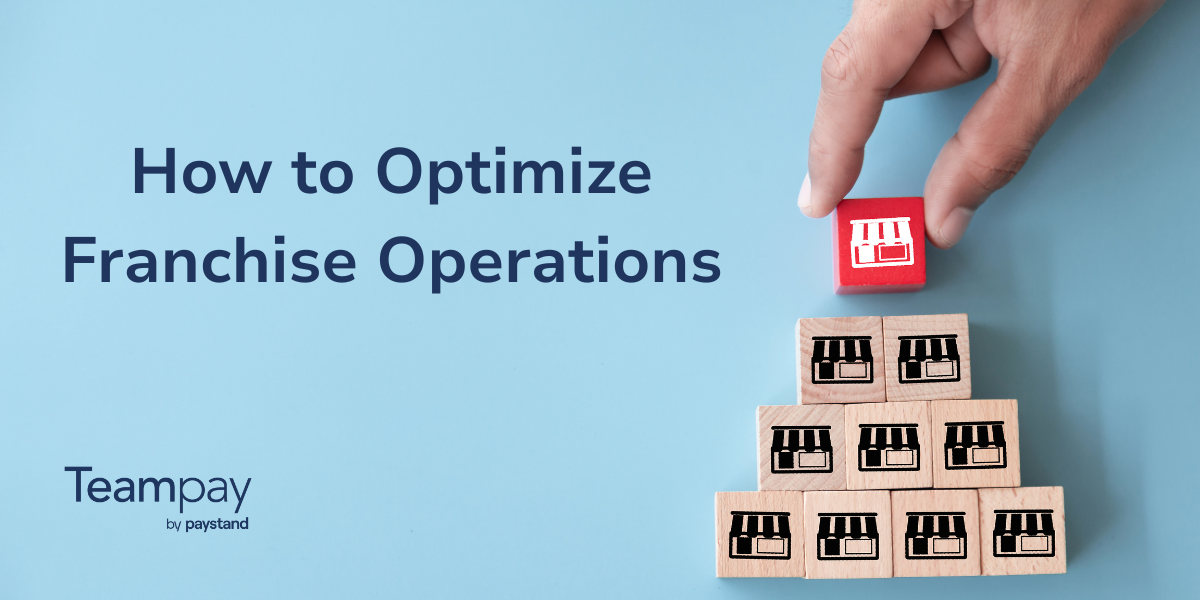Managing a remote workforce has gone from an idea for the future to a need of the present. The wide range of benefits—including improved work-life balance, increased total efficiency, a more diverse talent pool, and decreased costs associated with running a physical office—have encouraged businesses and employees to jump on the remote work bandwagon.
However, it is important to remember that reaping these benefits requires more than just hiring remote employees and calling it a day. In order to successfully leverage a remote workforce to its fullest potential, businesses must have the programs and policies in place to support and empower these employees. Here are several applications that do just that:
Google Drive

What it does
Google Drive is a cloud storage platform that gives users 15 GB of free storage per Google account, which they can access from anywhere with an internet connection. Furthermore, any files that are exclusively created in the G-Suite—including Docs, Slides, and Sheets—are stored data free, so they won’t eat up your storage space. G-Suite content can be shared and edited by multiple individuals in different locations in real time.
Why remote employees need it
The real-time editing capabilities of Google Drive allow remote employees to easily work with their peers in different geographies. Because all data is saved in a central hub that can be accessed anywhere, remote employees can continue to work on projects as needed, rather than having to wait for files to be sent back and forth. This improves efficiency and facilitates collaboration among employees in different locations.
Trello

What it does
Trello is a management tool that integrates with the Google Drive to centralize team members’ to do lists. Trello’s boards display projects, with individual tasks represented as cards to organize and delineate activities as needed. Trello “Power-Ups” provide additional functions, such as automating a pre-determined, triggered action in response to a previous action, speeding up the workflow.
Why remote employees need it
Users can customize their personal details, avatar, and team organization; arrange their to-do list; and collaborate with teammates directly by commenting and adding pictures or notes in real time. This not only impacts project collaboration and workflow, but also extends to vacation planning and general team activities.
Zapier

What it does
Zapier is a process automator that allows users to set rules and create workflows between their existing apps. For example, you can set Zapier to save any email attachments received via gmail and then alert you to them in Slack.
Why remote employees need it
Remote employees have extra work when it comes to managing their own workflows, which often requires the use of several different apps. Zapier not only manages the utility of these apps, but also displays what tasks have been completed and what remains to be done. By lifting the repetitive tasks from your workload, Zapier allows you to focus on more strategic initiatives.
WiFi Map

What it does
WiFi Map shows locations for more than 100 million free WiFi spots all across the globe, including the business name/type, download speeds, and sign-in passwords. Users can download the maps on-the-go or ahead of time so they will be available to reference if you become disconnected. Just note that all of the information is crowdsourced, so it may change periodically.
Why remote employees need it
Every remote employee needs WiFi, whether they are traveling or simply want to get out of the house and work at a local spot. Knowing exactly where there is accessible WiFi allows remote employees to map where their mobile office should be.
Time Doctor

What it does
Time Doctor takes productivity optimization to the extreme by integrating with a remote employee’s own interface to show periods of low activity vs. real work. By visually monitoring the open tabs and task activities, Time Doctor tracks how much work is being done in a given time frame and then produces an end-of-day report.
Why remote employees need it
Monitoring overall progress of either oneself or team members can lend valuable insights when it comes to workflow optimization. This helps users predict future productivity around timeframes, budgets, and output.
Slack

What it does
A team collaboration hub, Slack offers real-time messaging, separated into customized channels for different projects and teams. All communications and shared files are saved, and users can easily search for old messages if they need to reference them at a later date. The software can be integrated with many third party platforms, and once this is done, users receive all notifications within Slack.
Why remote employees need it
Slack’s real-time messaging capabilities allow employees to stay connected wherever they are. By separating message streams into different channels, users can compartmentalize their projects to better organize their work stay. The plethora of potential integrations means that Slack can seamlessly align with an employees’ existing workflow, as well as simplify their workspace and reduce the need to switch back and forth between platforms to receive information.
Google Hangout/Google Meet

What it does
Google Hangout allows up to 25 people to participate in a single video chat. By connecting to your Google account, the platform centralizes all your contacts and emails in one location, which facilitates scheduling meetings and setting automatic reminders. Hangout also supports simple instant messaging.
Alternatively, Google Meet focuses solely on video calls. Once Meet has been enabled in your team’s G-Suite account, you can set up video chats by setting the time and participants in your Google calendar and then clicking Add Video Call. A Hangouts link will be sent out as part of your calendar invitation.
Why remote employees need it
Most employees already have a Google account, so it is efficient to leverage platforms that are already built in. With Hangouts and Meet, employees across geographies can meet over video and chat face-to-face (or as close to that as remote employees can get), which can be preferable to email or instant messenger in some situations.
Toggl

What it does
A time tracking platform, Toggl allows users to identify where their time is being spent. Managers can group employees together by projects and receive time reports regularly. With Toggl, you can either input your time manually, or utilize the automated tracking system, which is available for the mobile app, desktop app, or Chrome extension.
Why remote employees need it
By breaking down projects into separate tasks, users can analyze the data to improve workflow processes and boost productivity on future assignments. The software allows employees to see which projects they’ve been paid for and keep track of the project from invoicing to completion to final payout.
Evernote

What it does
Evernote is note-taking application that allows users to type their own notes, add external attachments, clip web pages, or record voice memos. Notes are organized into notebooks and tagged so that they can be easily located later on.
Why remote employees need it
Many remote employees rely heavily on notes, whether from a meeting, written communications, or individual research. Being able to curate important information and file it in a personalized way can help users stay organized. Even better, with Evernote you gain access to additional apps like Skitch and Penultimate.
Spacetime

What it does
Spacetime is a time zone converter that works directly from within Slack. Users can set their location and working hours, and the software performs the time conversion and tracks any overlaps in team schedules. This allows team members to see each other’s availability and identify the optimal times to meet.
Why remote employees need it
Remote employees often work in different time zones, which can complicate scheduling meetings, making deadlines, and keeping track of who to contact when. Spacetime helps teams stay on top of their members’ location and time, without needing to perform a manual time conversion first. The software also saves teams from misunderstandings that arise from an incorrect manual time conversion calculation.
Quip

What it does
Quip is a real-time, co-editing platform that allows users to both streamline intra-group communication and feedback on working documents. The software integrates with sales platforms, such as Salesforce, to remain updated throughout projects on financial figures and assists with future project planning.
Why remote employees need it
Emailing feedback back and forth can be slow and laborious, not to mention emailing attachments with constantly-changing naming conventions tends to obscure many important details. With Quip, teams are connected and collaboration is encouraged regardless of employee location. Users can edit, comment, and generate polls and status trackers to optimize efficiency.
Teampay (we had to mention it)

What it does
The first purchasing software built for fast-growing, technology-enabled businesses, Teampay empowers employees with software that requests, approves, and tracks company spending in real time. Virtual cards are issued upon approval, allowing employees to buy what they need on a card limited to the approved amount, frequency and vendor.
Why remote employees need it
Teampay empowers remote employees by allowing them to request virtual cards through Slack from wherever they are. No shared corporate cards that remote employees might not have access to. No wasted time going back-and-forth to get expenses approved and reimbursed. No wondering what an employee in another state is spending company money on and why. No need to go back and fill out an expense report. Just the ability for employees to make approved purchases and then go back to doing their jobs.












